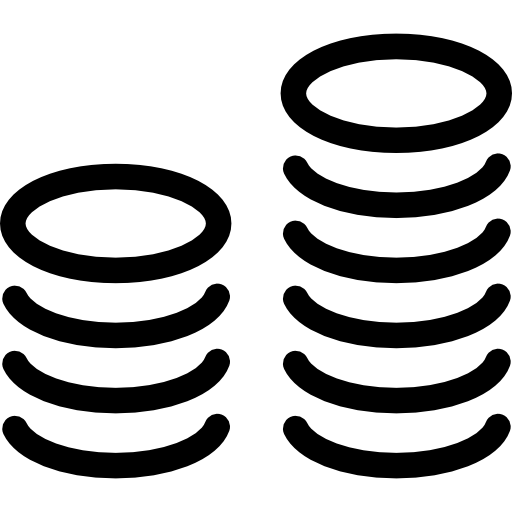
Starting date: May 2019 > Apr.. 2022
Lifetime:42 months

Program in support : ECSEL 2018

Status project: in progress

CEA-Leti's contact:

Project Coordinator: Imec (BE)
Partners: AiCortex, University of Zurich (CH)
Bosch, Fraunhofer, Infineon, Innosent,University of Dresden, Valeo, Videantis (DE)
ST Microelectronics, Thales Alenia Space, Valeo (FR)Atogear, Imec-NL, Philips Health,Philips Research (NL)

Publications

This project received funding from the JU ECSEL, from the French government as part of the Nano2022 program and from the Auvergne-Rhône-Alpes region.

|
Stakes
- During the TEMPO project, CEA institutes Leti and List contributed right from novel design to hardware implementation, in CEA-Leti’s 300mm cleanroom dedicated to Spiking Neural Network (SNN) applications, mainly in support of a VALEO ambitious user case implementing a LIDAR sensor.
- CEA-Leti designed new “neuromorphic” structures to evaluate 1T-1R (one transistor – one resistive element) on top of advanced CMOS logic; their production, based on 28 nm FDSOI technology, being supported by ST Microelectronics (Crolles, France).
- Following development and implementation of the specific memory module in the CEA-Leti 300mm cleanroom, we finalised the interconnections to allow testing, part of which was supported by CEA-List (Saclay, near Paris) using so-called “N2D2” hardware. The TEMPO project enabled benchmarking of different memories, so CEA-Leti can now evaluate PCRAM and OxRAM resistive memories for a suitable design targeting SNN applications.
OBJECTIVES The TEMPO project brought together the three premier European RTOs, industrial fabrication facilities and leading application partners in the field of neuromorphic computing, which is subject to intense global competition in view of upcomingintelligent machines. The underlying concrete aims of the TEMPO project were to:
The TEMPO project has had a strong impact because it provided hardware suitable for supporting complex situations specified by industrial partners in different fields (automotive, space, health, food, industrial, etc.). Different types of memory (magnetic, ferroelectric, resistive) can be benchmarked not only for demonstrators, but also for providing a scorecard for the ecosystem and for paving the way towards facilitating future recommendations for new applications.
These actions will associate the best memory hardware solution to a given requirement based on different criteria in terms of power consumption, latency, resolution, etc.
The TEMPO project partners also aligned their different assets, in terms of hardware equipment and processes, to their mutual benefit in long term cooperation especially by the three prime Research, Technology and Organisation(RTO) stakeholders, namely CEA-Leti and the Imec and Fraunhofer institutes.
From a long-term perspective, the TEMPO project opened up affordable, fast-track access for European SMEs and systems houses, which will have a key impact on European ecosystem sovereignty.
|